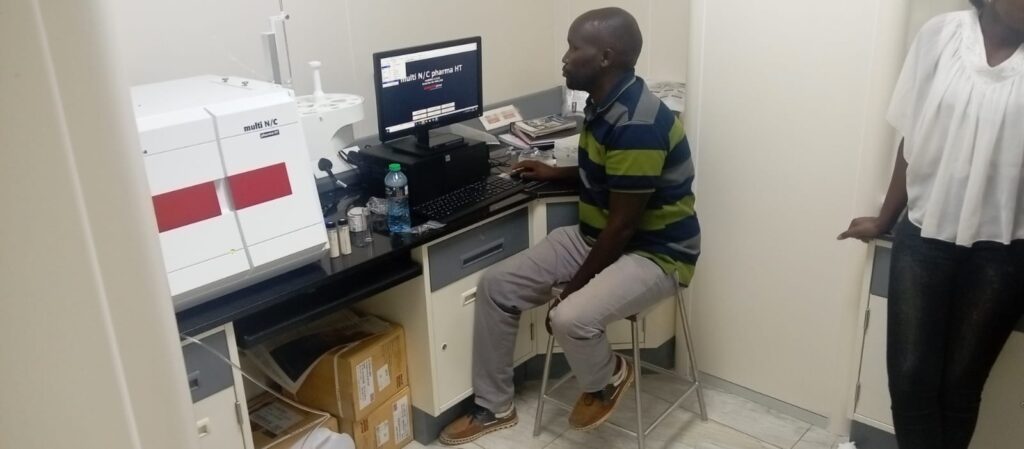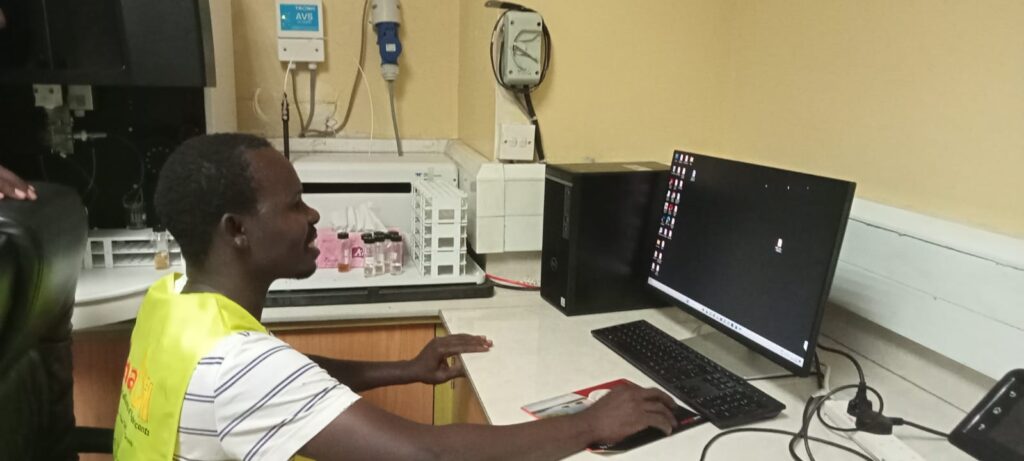A Rapid Evolution
The landscape of food testing in Kenya and East Africa has undergone a remarkable transformation in the past fifteen years. This evolution has been driven by several key factors, including technological advancements, expansion of testing scope, regulatory alignment, public-private partnerships, and the integration of information technology.
Government Initiatives and Capacity Building
In response to emerging food safety challenges, the Kenyan government established task forces and committees to coordinate food safety programs and enhance the capacity of key regulatory entities such as the Government Chemist, KEBS, KEMRI, and KEPHIS. With support from development partners and its own resources, the government invested significantly in building the capacity of these laboratories and their personnel.

Pre-2000: A Limited Landscape
Before the year 2000, food safety testing was primarily confined to basic microbiological analysis for common foodborne pathogens and basic chemical analysis, focusing mainly on export products. The testing methods were often inaccurate, slow, and expensive, relying heavily on rapid tests and wet chemistry. In the absence of local capacity, samples were frequently shipped overseas for testing, resulting in exorbitant costs and time delays.
A Turning Point: 2000 and Beyond
Significant initiatives in food quality and safety testing emerged around 25 years ago. This evolution culminated in the development of regulatory frameworks in 2006, 2012, and 2018. These laws laid the foundation for aligning various statutes with the progressive 2010 constitution, which guarantees the right to safe food for every Kenyan.
In response to stringent safety and quality standards in Europe, America, and Asia, the focus shifted towards building local testing capacity and ensuring traceability. This led to the expansion of testing capabilities to include more sophisticated microbiological tests, the introduction of basic pesticide residue testing, and the establishment of additional food testing laboratories.

Building Local Capacity: A Key Focus
Initial plans to enhance the capacity of KEBS, KEPHIS, KEMRI, and other institutions to conduct advanced quality testing, including aflatoxin testing and chemical contaminant analysis, were implemented. These institutions procured state-of-the-art equipment such as HPLC, GC-MS, AAS, and GCMS systems and embarked on building their local capacities to meet emerging testing needs.
With the development of basic testing capabilities within both government and private laboratories, the focus shifted towards adopting risk-based approaches, particularly for export products, such as HACCP and Food Safety Management Systems. Other areas of focus included expanding the scope of food testing laboratories, private sector investment, enhanced market surveillance and border controls, stricter regulations on pesticide use and maximum residue limits, increased testing for pesticide residues in fresh produce, heightened awareness and control measures for aflatoxin contamination, and the introduction of innovative technologies to combat aflatoxins. Nesvax Innovations played a crucial role in this evolution, providing technologies such as HPLC, GC, AAS, and GCMS systems to public laboratories and building the capacity of end-users through training and technical support.
Continued Growth and Expansion
The late 2000s and early 2010s witnessed the adoption of international testing methods and standards, the expansion of testing to cover a wider range of food products, and the introduction of risk-based testing approaches. During this period, many government institutions and private laboratories, including SGS Kenya, Polucon Services, and Bureau Veritas, deliberately embarked on measures to enhance their laboratory capabilities. International Research Organizations such as ICIPE and ILRI also joined these efforts. Nesvax Innovations continued to be a critical partner, providing essential instrumentation and building human capacity for laboratories to meet emerging needs.
The period between late 2010 and 2020 saw the implementation of new measures, including more rigorous testing for export products, increased capacity for heavy metal testing, the introduction of GMO testing capabilities, the adoption of rapid testing methods for foodborne pathogens, food fortification, enhanced capabilities for testing antibiotic residues in animal products, and an increased focus on testing for food fraud and adulteration. Public and private laboratories invested substantially in testing capabilities by acquiring top-of-the-range equipment such as GCMSMS, LCMSMS, Ion trap GCMS, and AAS. Development partners such as Trademark Africa, the World Bank, and the European Union also played a significant role in supporting public laboratories by providing equipment and building human capacity.

From 2020 to the Present
In recent years, the approach to food safety has shifted towards exploring non-targeted screening methods for unknown contaminants, increased use of molecular methods for pathogen detection, and growing interest in testing for emerging contaminants such as PFAS and microplastics. This has also led to the application of blockchain technology and artificial intelligence in testing and traceability. Public and private laboratories have responded by acquiring equipment such as Time of Flight Mass Spectrometers, Real-time PCRs, ICPMS, and ICPOES to enhance their capabilities.
The Road Ahead: A Focus on Local Food Safety
In the years ahead, the need for safety testing for locally consumed food will take center stage as a public health matter. This will likely result in enhanced rapid testing in local market centers and the building of capacity in both public and private laboratories to test for pesticide residues, heavy metals, foodborne microorganisms, and microplastics.
Nesvax Innovations, as a partner in this ongoing evolution, continues to work with leading manufacturers to provide cutting-edge solutions that enable laboratories to meet the latest requirements. We offer equipment, training, and services to ensure that our clients get the most value for their investment. We also organize webinars and seminars on food safety.
